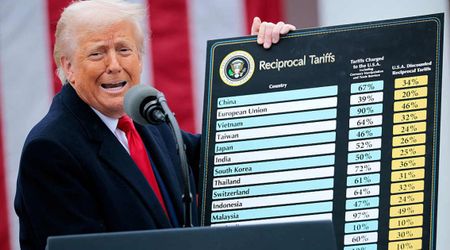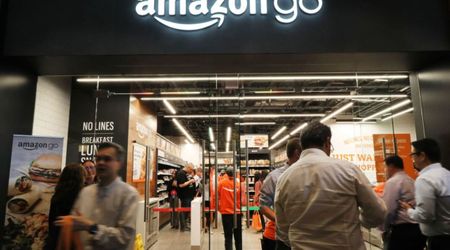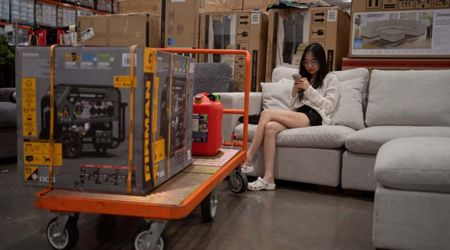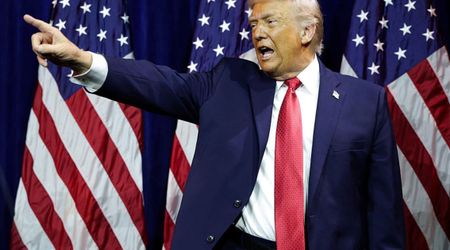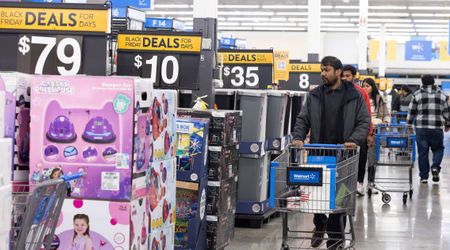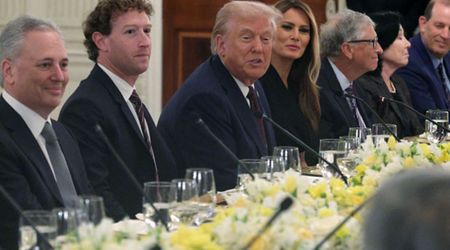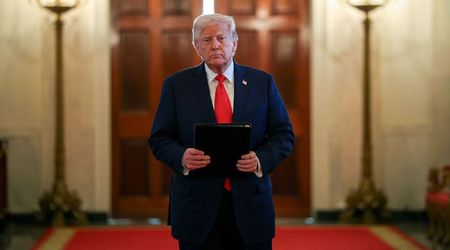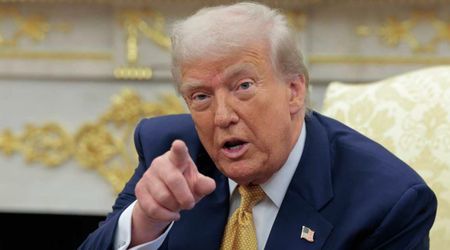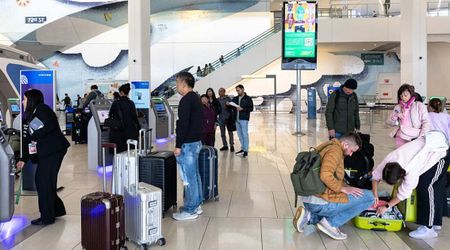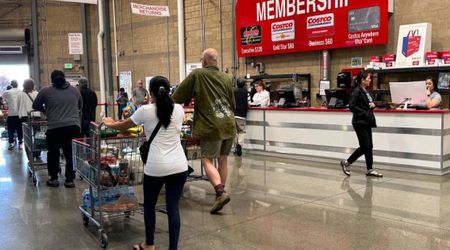Is Digital Tipping Convenient for Everyone? Viral Video Sparks Fresh Debate on Tipping Culture

The owner of Light Travels (@light_travels), Wade Light recently uploaded a TikTok video that quickly gained popularity and stirred conversation. Wade showed in the video how Gelato Fiasco in Old Port, Maine uses a digital device to request gratuities. You can see in the video how Wade easily places his card inside the machine for a $1 tip. The whole process seems much simpler and easier to do. The machine appears to be kept on and the customer can decide whether to pay the tip. Many viewers think it's almost like a compulsion to pay a tip as the machine is just staring at you and again that the tipping culture has gone too far.

Wade shared his excitement about the video’s success, "I'm excited to share that my video on digital tipping has gone viral. It has sparked a lively discussion about how tipping practices are evolving. Thanks to everyone who watched and shared their views." But not everyone was as excited as Wade for this practice. One commenter said, "What irritates me and makes me question why do people tip for people to do their job? Are they doing something exceptional for a tip or are they just doing their job?"

"Pay someone to do a job that they are already paid to do in the first case," said another user.

But some viewers expressed how excited they were to see it in stores!

Many people find digital tipping and tech prompts confusing, with payment machines, mobile apps, and QR codes adding to the mix. Some see it as a natural progression for convenience, but the pressure to know what to do is real. The video’s popularity shows how tipping, technology, and consumer habits are changing. With new tech, many of us are unsure how to respond.
Tipping in the US is becoming increasingly common, even at unexpected places like grocery stores, which has frustrated customers. A TikTok user named Ev mirrored these feelings when he blasted the widespread tipping culture as a ruse to get more money from customers. In an interview, Ev described how she and her boyfriend were asked to add a 25% gratuity to a $40 grocery bill at Austin, Texas's upscale supermarket, Tiny Grocer. The level of tipping expectations—which many customers feel unreasonable—was brought to light in this situation.
Many Americans share Ev's displeasure; according to a Bankrate survey, 66% of respondents think tipping is bad and 30% believe the practice has gotten too extreme. In an attempt to help vital workers, the "tipflation" trend began during the pandemic and has since continued, provoking criticism as clients are now regularly asked to tip for services where tipping was not customary.
Recently a TikTok creator Andrew shared his rules to manage tipping anxiety amid rising expectations. He refuses to tip for poor service, doesn't tip on ToGo orders, and only tips for aspects the service provider can control. Andrew customizes tips to lower percentages if default options are high and tips only after service completion for deliveries. He limits tipping to sit-down restaurants, casinos, and bars, excluding other establishments. Reactions were mixed, with some noting practical issues like delivery delays without pre-tipping while others agreed with his selective approach.
Follow @light_travels on TikTok for more such videos and content.


